OK, now I get it. Now I understand why I’ve received so many enthusiastic requests to create blank side view templates of the Embraer E2 series lately. After creating these illustrations of the E190-E2, I’m not afraid to admit that I find it to be one of the most interesting airplanes that I’ve ever illustrated.
But first, a bit of a backstory
I’ve never been a very big fan of the E-series, mostly because all four main variants (E170, E175, E190, and E195) looked very weak and mis-proportionate. Fat and stubby fuselages with tiny little vacuum cleaner engines made this an airplane that I always wrinkled my nose at. Heck, they even sound like weak vacuum cleaners! You know, the cheap kind that you can always buy on clearance because nobody wants them.
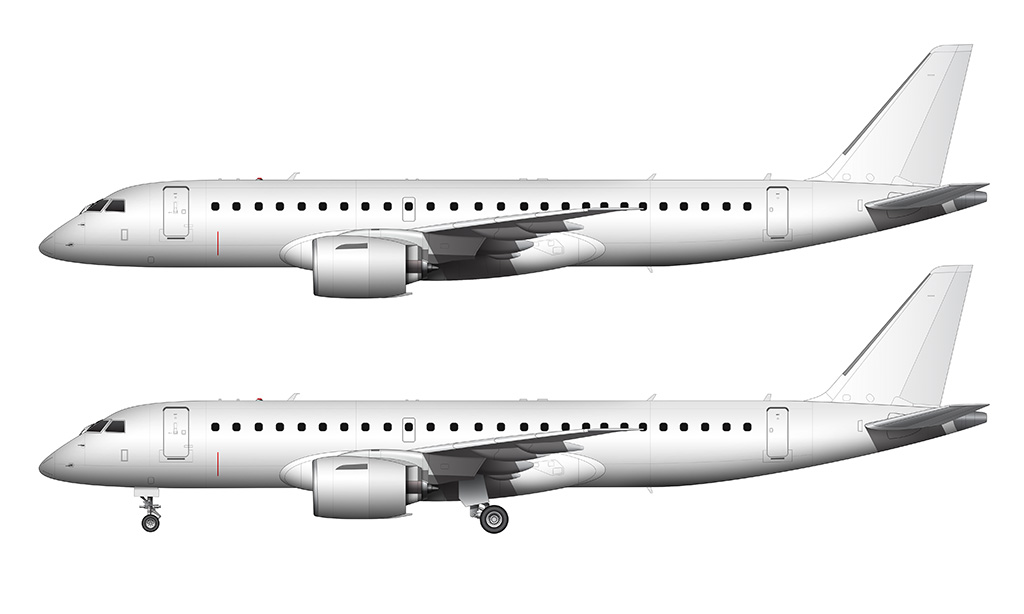
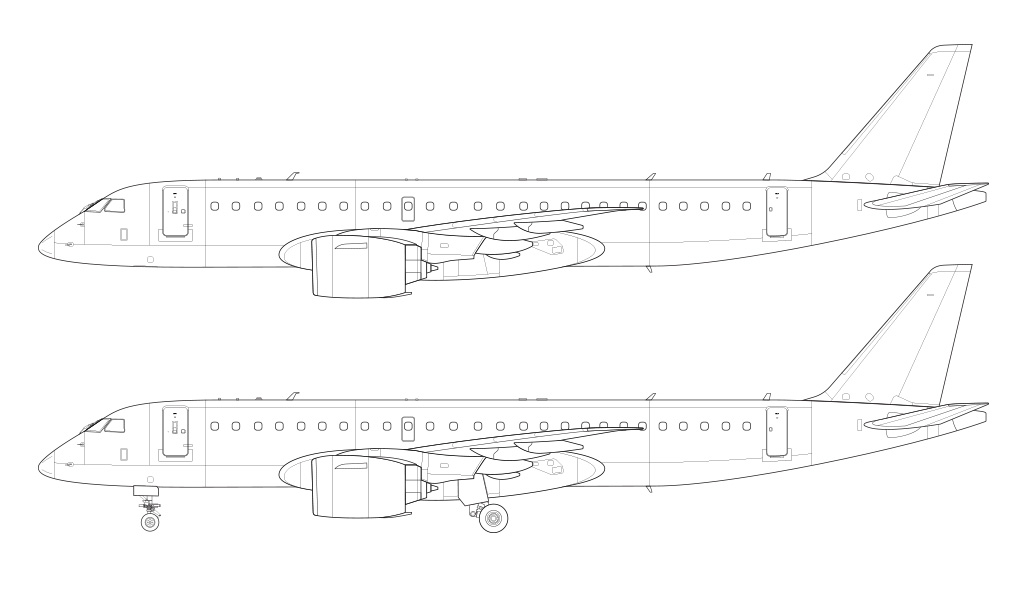

I even think that the CRJ- 200 (an aircraft I dislike more than any other in the world) looks better than the original E-series. At least the CRJ looks sleek and proportionate, whereas the original E-series always reminded me of a fat old dog with short and tiny little legs. Gee, this post is really getting off to a cheerful start isn’t it?
What are the differences between the original E190 and the E190-E2?
Quite a lot actually. As a matter fact, my dislike of the original E-series made me not even pay attention to the fact that the upgraded E2 series is significantly better in so many ways. Let’s break it down with a high-level summary of the visual (external) differences:
- The vertical stabilizer is redesigned to eliminate the blended notch at the forward section (where it meets the fuselage). Instead of curving down to meet it over a large surface area, that arch has been straightened out to be more sharp and angular.
- The surface area of the horizontal stabilizer has been increased, and the shape is also slightly different. The original E-series horizontal stabilizer was long and pointy, but the updated version is thicker and more stubby. It’s really hard to put into words, but if you look at the horizontal stabilizer‘s of both versions side-by-side, you’ll quickly see the differences.
- The landing gear is all new for the E2 series. Not only are the mechanisms and the way they retract into the fuselage different, they’ve been lengthened as well to accommodate for much larger engines. Which leads me directly to the next difference…
- The engines are all new for E2 series. Based on all the research that I’ve done (and the drawings and photos that I’ve looked at) I’m estimating the size of these new engines to be (at least on the 190 and 195) nearly twice the size of what was strapped to the wings of the original series. These new Pratt & Whitney PW1000G power plants transform the E2 series into one heck of a good looking airplane in my opinion, and Embraer did an an amazing job getting them to fit on this relatively small airframe. Oh – and it should be noted that there are two sizes of these engines for the E2 series. The E190 and E195 get the same engine, but the 175 E2 gets the smaller variant.
- The wings are all new for the E2 series. Gone is the large vertical winglet that was a part of the original E-series, and it’s been replaced by a much more modern and streamlined blended design – which looks absolutely stunning. It’s difficult to appreciate this new design in a side view drawing such as this, but from other angles, these new blended winglets give the E2 series an incredibly aggressive look. Note that while the smaller 175 shares the same wing design, it’s smaller by roughly 10%.
- Finally, the entire wing box is moved forward on the fuselage.
A brief history of the E190-E2
As I mentioned earlier, my dislike (and disinterest) of the E-series caused me to completely glaze over the developmental process of the E2 series. And that’s a shame considering how amazing of a regional jet this E190-E2 really is.
Development of the E190-E2 started in late 2011, and quickly gained the attention of airlines from all over the world who were already satisfied with their fleet of E-series jets. Increased performance and efficiency of these new airplanes also attracted new buyers as well. The first flight took place on May 23, 2016 in Sao Jose dos Campos.
Wideroe ended up being the launch customer for the E190-E2 (delivery took place in April 2018), and by the time of this writing, there have been 47 confirmed orders by 11 different airlines. E190-E2 production is still very much in it early days, and it’s not too far fetched to believe that this is going to be one of the most popular regional jets of all time. That’s just my opinion anyway, but what do I know?
If you want more information about this amazing little airplane, I do recommend checking out the E2 Wikipedia page. Better yet, the official E190-E2 page will always have the latest and most accurate information (as well as juicy tech specs that Wikipedia won’t have).

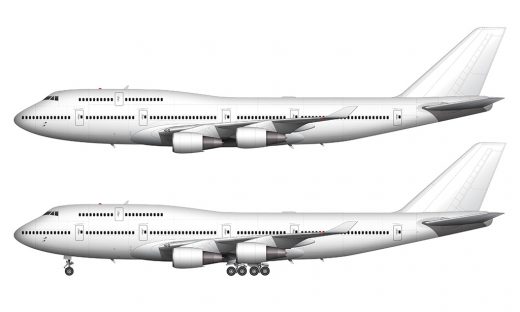
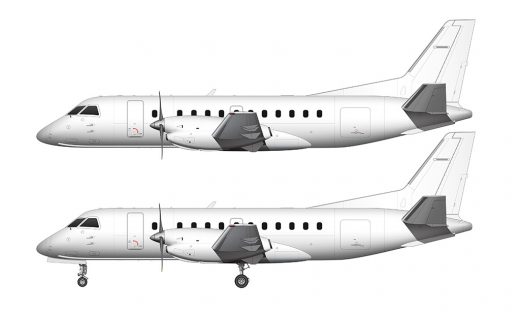
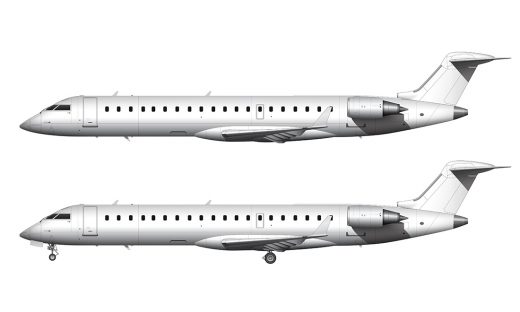
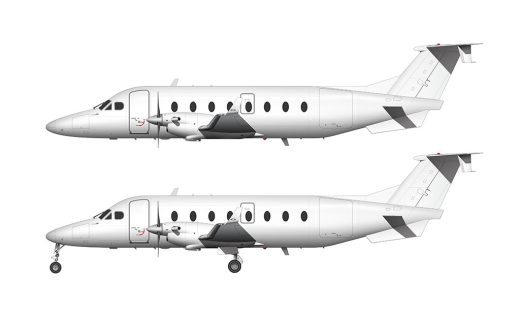
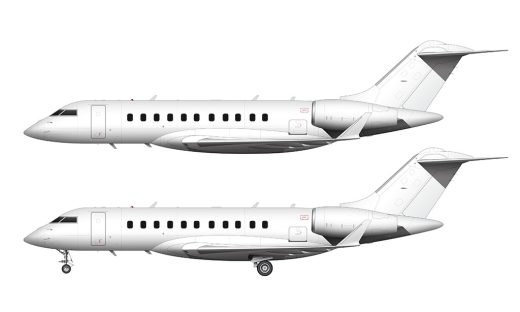
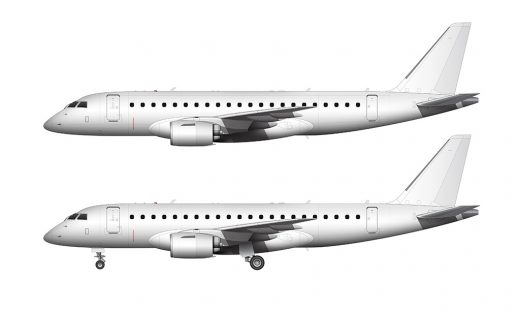
LOVE IT
Thanks Jack! The 190-E2 is such a nice looking plane and it was a fun one to illustrate.
‘a fat old dog with short and tiny little legs’ – that made me laugh, and weirdly I know what you mean.
Haha…honestly that only really applies to the E175, but still. It’s never been one of favorite aircraft family types!
YAY more travel! Aww less templates. 🙁
Haha! Thanks man! At least it means more SANspotter videos and trip reports. 🙂
Great!
Thanks Peter!